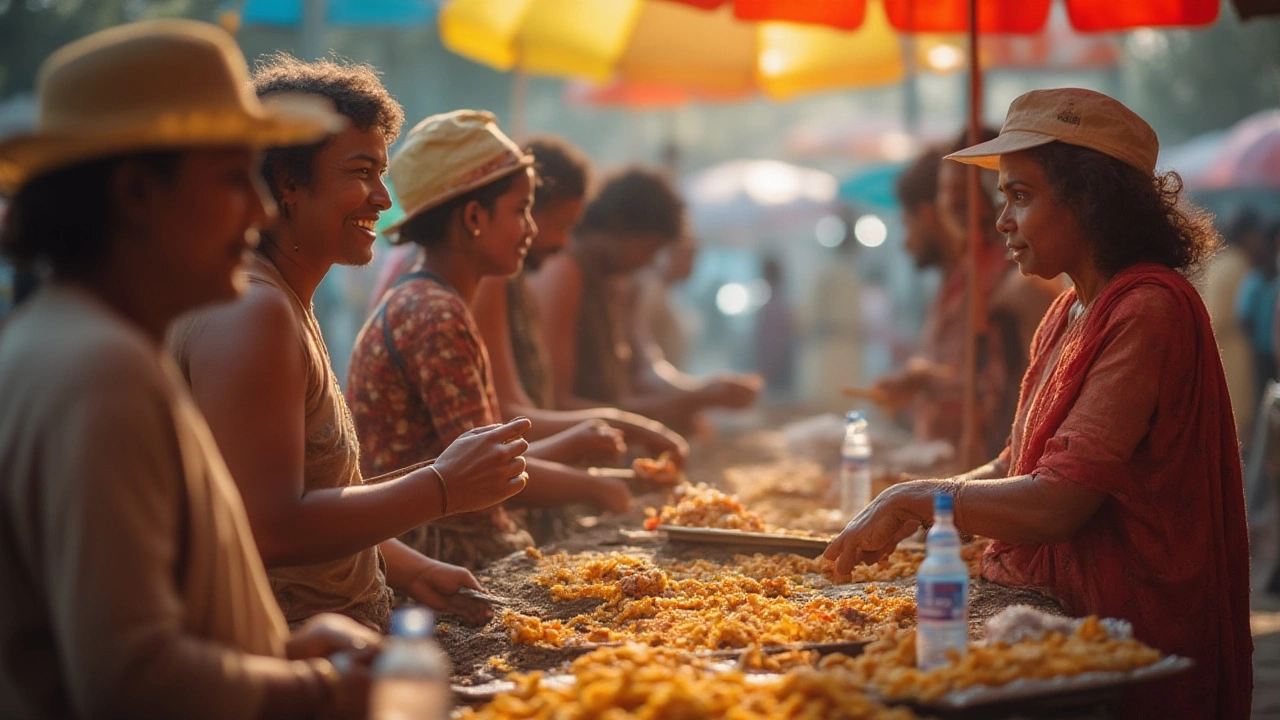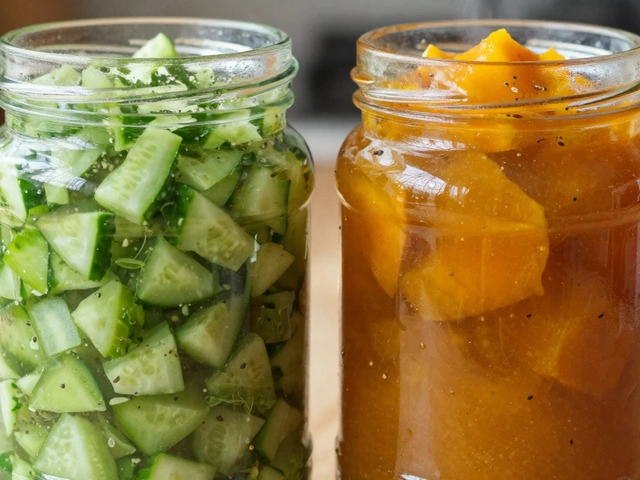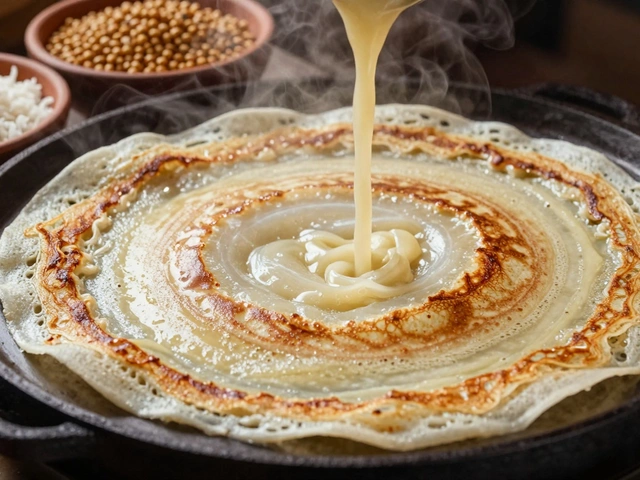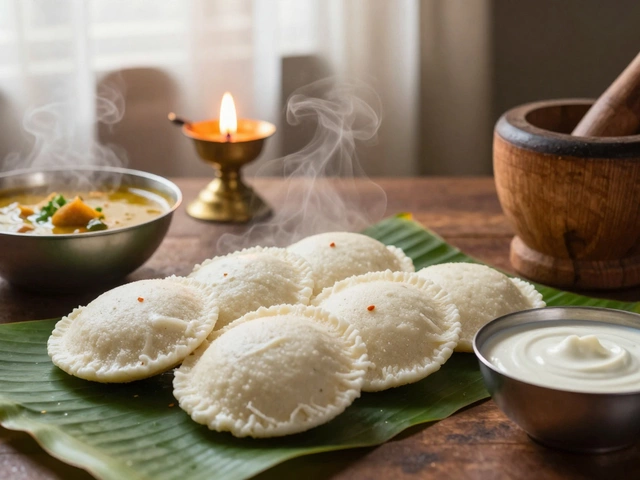Someone, somewhere, always has a friend who went to India and got sick. And honestly? It's not just apocryphal; a whopping 60% of first-time travelers wind up getting hit with a stomach bug or worse. But it doesn’t have to be your story. There are great ways to enjoy street food, mouthwatering curries, and all the colors of India—without spending days in bed. Dodging illness while traveling here is less about being paranoid, and more about being practical and knowing what to look out for. Ready to skip the sick days and actually get to explore? Here’s what you need to know.
Food and Water: Smart Choices to Reduce the Risk
The first rule every seasoned traveler swears by in India is never drink tap water—not even a little, not even for brushing your teeth. The reason’s not mysterious. Water treatment isn’t always guaranteed, and waterborne germs are the quickest way to an upset stomach (or worse). Go for bottled water with the seal unbroken, or use a reliable filter bottle. Don’t be embarrassed to ask for sealed water at restaurants—locals do this too. Never accept ice unless you’re in a reputable, high-end spot. Freezing doesn’t kill all the nasties in water.
Street food is legendary in India, but that’s where a lot of travelers get tripped up. Look for stalls packed with locals. Busy stalls move food fast, so what you’re eating hasn’t been sitting open to the sun and flies all day. Watch how the vendor prepares food—are they using the same hands for money and food, or do they have assistance? Trust your gut: if food looks sad, oily, or old, move on! Hot, fresh-off-the-grill snacks are safest.
When eating in restaurants, opt for busy places with high turnover. When a menu is small and locals are crowding in, your odds of a fresh, clean meal go way up. Gravy and curries should be steaming, not lukewarm. Be careful with salads and raw vegetables. Unless you’re somewhere reputable or you can peel it yourself (like a banana), skip it; washing with tap water leaves traces you can’t see.
Another thing lots of first-timers don’t realize: dairy can be risky. Milk here is often unpasteurized, and it’s commonly served in chai, lassi, and desserts. Stick with hot milk-based drinks when you can—heat kills off more bacteria. Avoid ice cream from roadside sellers unless the place looks trustworthy and popular.
Planning to cook? Supermarkets in big cities are decent, but local markets can be wild. Wash fruits and veggies with filtered or boiled water, and remember: hands off if you’re not going to cook it. Eggs and meat should be well-cooked. Even if you desperately want that perfect runny yolk, it’s not worth the misery of food poisoning on vacation.
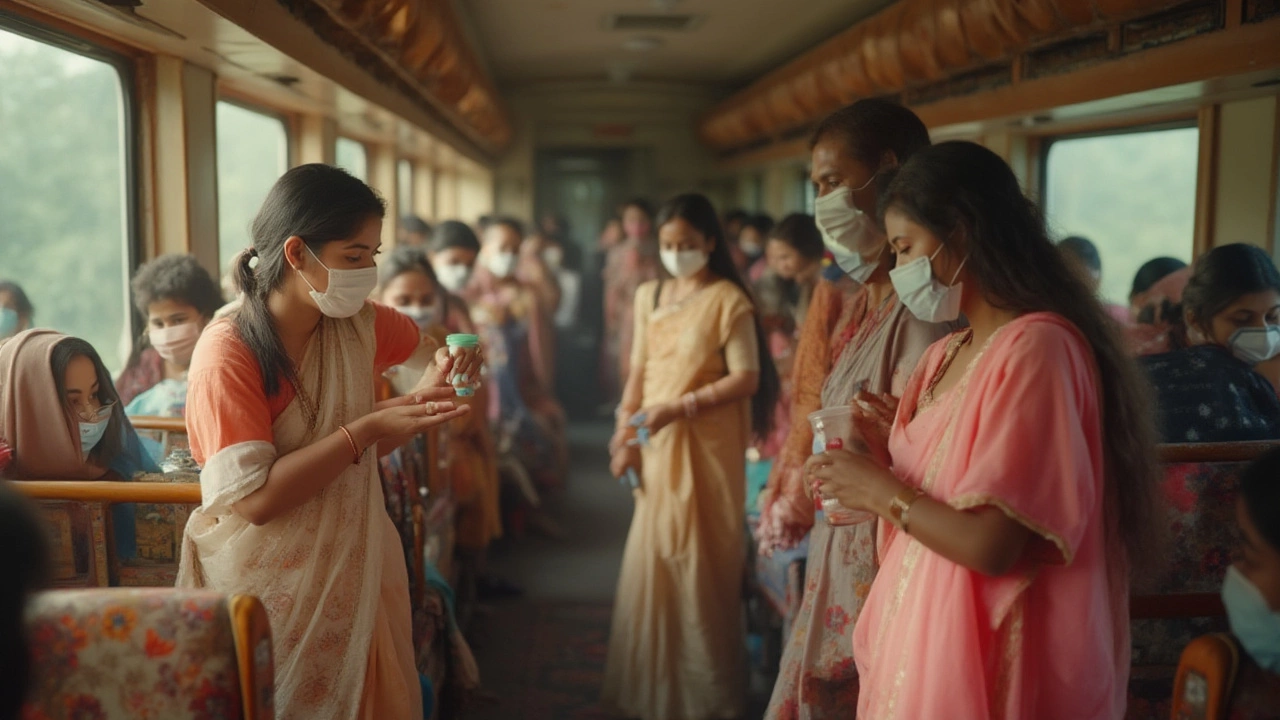
Preventing Illness: Hygiene Habits and Smart Packing
Even if you ace your meal decisions, India’s heat, dust, and crowds mean germs linger on every surface. There’s a reason so many Indians carry hand sanitizer in their bags, and you’ll want to do the same. Use sanitizer religiously before any meal, after handling money, or touching public surfaces. Soap and water are best, but bathrooms aren’t always as spick-and-span as you hope, so back-up sanitizer is a must-have.
Many travelers become sick by touching their faces unconsciously. Make a mindful effort to keep your hands away from your mouth and eyes. When using public restrooms, avoid touching handles or faucets with bare hands—use a tissue if you can. Try to avoid putting your bag or purse down in busy public spaces, especially on floors of buses and trains; it’s a subway of bacteria just waiting to hitch a ride home with you.
When it comes to mosquitoes, India is a mixed bag. The country has regions with serious risks of mosquito-borne illnesses like dengue, malaria, and even chikungunya. Mumbai and Delhi are hotspots for dengue during the rainy season. The classic advice is simple: cover up at dusk, wear long sleeves, and slap on mosquito repellent with at least 20% DEET or an equally strong picaridin solution. If you’re staying in hostel-style or budget hotels, ask if there are mosquito nets, especially if you’re traveling outside metro hubs.
Your “illness armor” isn’t just what you carry, but what you do. Remember to give yourself time to rest. Travelers trying to cram every fort, palace, and market into a whirlwind itinerary get run down, making their immune system an easy target. Hydrate, even if you don’t feel thirsty. Between the sun and spicy food, dehydration sneaks up quickly, especially in cities like Chennai or Jaipur where temperatures soar.
Packing a basic medical kit makes a huge difference. Bring rehydration salts (you’ll thank yourself if you get Delhi belly), band-aids for inevitable scrapes, and a course of doctor-approved antibiotics for traveler’s diarrhea—available by prescription in advance. Don’t forget anti-histamine pills if you have allergies, and enough of any regular meds you might need. Pharmacies are everywhere in big cities, but medication formulations can be different or even counterfeit in tiny shops.
Vaccinations should actually be sorted out before you land. The CDC updates its recommendations every year for India; hepatitis A, typhoid, and tetanus boosters are usually suggested, plus rabies if you’ll spend time in rural areas or around animals. Check the exact vaccine schedule well in advance—some shots, like Japanese encephalitis, need two rounds and a waiting period.

Understanding Common Illnesses and What to Do if You Get Sick
It’s unnerving, but knowing the most common threats makes life easier. The number one villain is traveler’s diarrhea, a.k.a. “Delhi Belly.” It strikes quickly—usually within 2-3 days of arrival—thanks to unfamiliar bacteria. If you get hit, focus on rest and hydration. Oral rehydration salts (the kind you mix in bottled water) can prevent serious dehydration. Resist the urge to dose up quickly on anti-diarrheal meds unless you know you don’t have a fever or blood in your stool. Sometimes, you just need to let your gut clear things out.
If symptoms last more than three days, or you run a high fever, don’t mess around—see a doctor. Big cities have excellent hospitals with English-speaking staff. Don’t be shy; doctors see travelers with stomach trouble every day. If you suspect food poisoning, stay away from dairy and stick to plain, simple foods like bananas, white rice, or dry toast for a few days.
Now, mosquitoes—these bugs aren’t just annoying, they actually matter. If you develop a fever, headache, or muscle pain after a mosquito bite, seek medical attention. Dengue and malaria can get serious quickly, but both are treatable if caught early. Watch for warning signs like rashes, intense pain behind the eyes, or relentless vomiting. Indian doctors are experts at diagnosing these conditions. Don’t try to “sleep it off.”
Heatstroke is another health hazard flying under the radar. With midday temperatures often topping 40°C (that’s 104°F), fainting, confusion, and relentless sweating are red flags. Stay out of the midday sun, especially in North India before the monsoon. Wear loose, breathable cotton, use an umbrella if you’re out, and drink more than you think you need. Skip overly sugary drinks—they don’t hydrate—and keep a bottle of safe water close by.
If you’re vegan or have dietary restrictions, extra vigilance pays off. Ghee (clarified butter) is used in many vegetarian Indian meals, so always double-check ingredients. Allergic to nuts? Watch out for dishes with cashew paste, like korma or some halwas. Soy allergies are rare here, but peanut oil is common in the South. Carry allergy cards in Hindi if you’re worried—locals are friendly and happy to help, but assume nothing unless you’ve confirmed.
If you’re unlucky enough to get seriously sick, don’t panic. India’s medical sector is vast, with world-class hospitals in major cities. Ambulances can take longer than you might expect, so use ride-sharing services or have hotel staff arrange a car. Emergency rooms operate round the clock, and pharmacists are trained to help with minor issues. Bring your travel insurance details, passport, and a list of any medications and allergies you have.
Lastly, don’t let scare stories keep you home. It’s easy to focus on dangers, but with a little street savvy, you’ll enjoy dazzling food, incredible sights, and that famous Indian hospitality, without needing a hospital visit. Be smart, stay observant, and when in doubt, ask locals—they know their street food stands and home remedies best. The best journeys are the ones you remember for all the right reasons.
